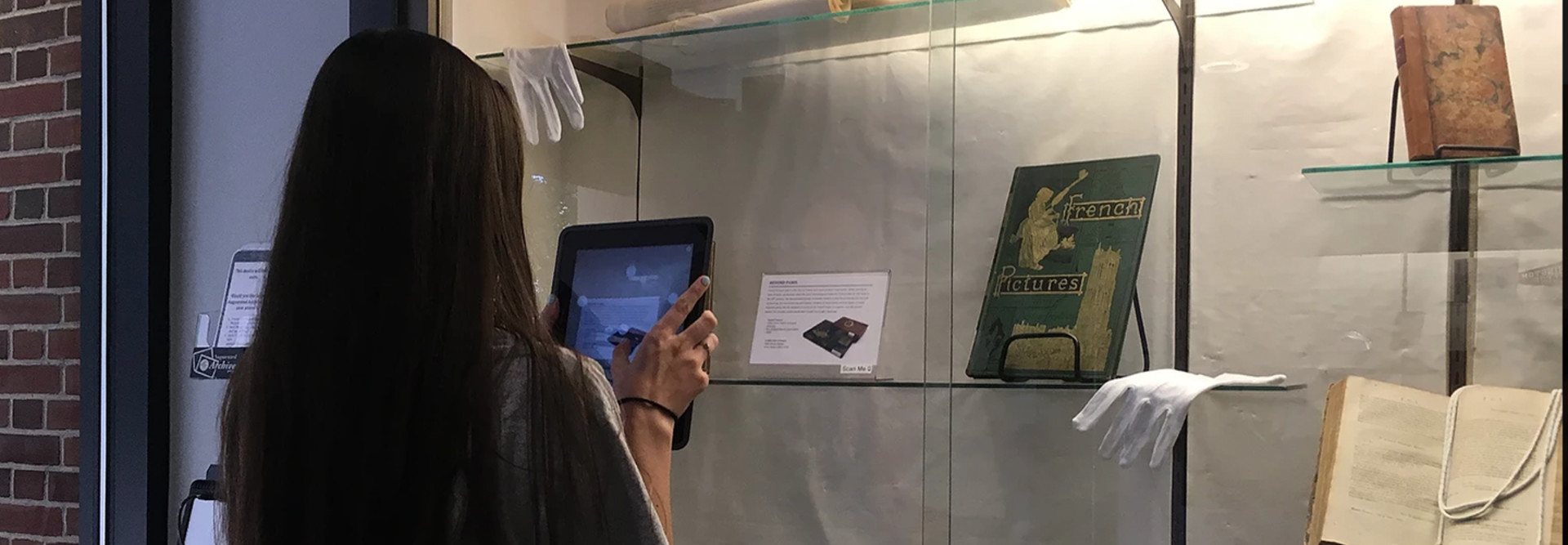Augmented Reality (AR) Archives Bring Historical Artifacts to Life
A new application makes it possible for students to explore delicate historical artifacts without ever laying a finger on them.
The Augmented Archives project, started through a partnership between the Washington College Archives and Washington College’s Academic Technology Department, brings artifacts to life “using augmented reality technology to make rare documents, fragile artifacts and curator commentary videos accessible to exhibit visitors.”
“I see this as a great way for us to change the way we are engaging with our artifacts” says Heather Calloway, archivist and special collections librarian at Washington College in a video on the project. “We could take something out and digitize it in various ways.”
Recognized by Campus Technology as some of the leading education futurist tools of 2018, the Augmented Archives could have a significant impact on how students interact with research materials as they produce papers and projects.
Augmented Reality Designed by Students for Students
Augmented Archives began as a student initiative, designed to address a concern for the Washington College Archives: “In an increasingly technological world, how do we leverage emerging technologies to connect viewers with the historic objects in our collections?”
With school funding, students used HP’s Aurasma AR software — recently renamed HP Reveal — to create the AR content attached to each recorded piece from the library’s archive.
Students and Washington College librarians teamed up to scan a list of items from the university’s archives. Once the pieces were photographed and filed, students and faculty created videos, photos, 3D scenes and web pages that display on a device when a “trigger image” is recognized on the screen.
Students were able to create and attach the content to the trigger images using Apple smartphones and iPads, as well as Android smartphones and tablets, through the free HP Reveal app.
Both the students working on the project and university archive faculty are excited to give users the chance to become experts on a piece of history using this new technology.
“Augmented reality creates the possibility of a curated experience, where you as the nonspecialist get to see things and understand things that only an expert would,” says Courtney Rydel, an associate professor of English at the school.
This technology broadens the accessibility of these historical artifacts, allowing more students to experience what the archives have to offer.
“The technology allows you to turn the page of a book that’s hidden behind a thick piece of glass,” says Sarah Graff, the student lead on the project and the former head archives assistant. “Having augmented reality can really open the eyes of people who may not be able to go to the National Archives or the archives here at school, and still be able to see these amazing works.”
While the program continues to add pieces to the virtual archives, students and faculty are looking toward their next project: PocketMuseum, a fully virtual exhibit that comprises the entire archives collection, complete with virtual display cases.









